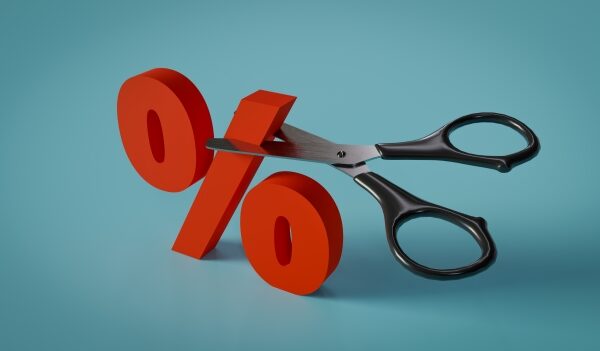
Societe Generale provides perspective on how Moody’s and S&P are approaching COVID-19 effects.
Credit analysts are generally taking a “staged approach” to the new coronavirus’ impact on ratings, largely because current circumstances are unprecedented and have created uncharted analytical territory.
- That was among the key takeaways from a session led by Societe Generale’s Karl Pettersen, head of rating advisory, at a recent meeting of NeuGroup’s AT30 peer group.
- Each agency, he added, has adopted a slightly different mindset so far in approaching the crisis. As a result, rating agencies will also rely heavily on issuers to understand the mechanics of companies’ credit response to the virus.
Fishing expedition. One member said the analyst who covers his company at Moody’s Investors Service had reached out, fishing for information, but only vaguely responded to questions about how the agency might integrate that information into its analysis.
- The Moody’s outreach was unsurprising, Mr. Pettersen said. In part, Moody’s got “burned” when it massively downgraded the oil and gas sector in the previous down cycle and has now opted for a more gradual and case-by-case approach. As a result, the agency has given individual analysts more latitude in building their cases with the agencies.
- S&P Global analysts have often been tight-lipped individually, but the agency is instead making “a lot of noise” at the policy level, announcing COVID-19 and oil price-related ratings actions affecting more than 1,000 issuers across the globe, including wholesale sector-wide credit watch or outlook changes. “That approach buys them time—60 days to figure everything out,” said Mr. Pettersen, adding S&P’s approach tends to be more formal and top down.
Credit vs. ESG. The advent of COVID-19 has also highlighted the question of how credit ratings and ESG ratings should intersect, Mr. Pettersen said. In addition:
- The credit agencies’ traditional metrics are not designed to capture factors, often ESG related, that may permanently impair even highly rated companies’ credit trajectory. Thus, a reset in how ratings are defined may ultimately be necessary.
- The current situation highlights areas of complementarity or even contradiction between ESG and credit ratings. More bluntly, and more broadly, this tension is also embodied in the potentially competing priorities of economic and public health priorities today. In extreme cases, ESG and credit ratings can even be at opposite ends from each other.
- The emerging issue’s poster child until recently has been Tesla, with its high ESG scores but deep-junk credit ratings. The current environment could accelerate questions around certain sectors such as oil and gas, and their fundamental ability to sustain credit quality over the long term.
- One early consideration today is the extent to
which market support (i.e. equity, debt, and bank capital markets, plus
legislation/regulation) should be more formally incorporated and differentiated
in credit ratings. For large investment-grade issuers, market
access/support is an essential but mostly unspoken part of analysis, but which
will come more to the forefront of analysis today, including through possible stimulus
packages.


